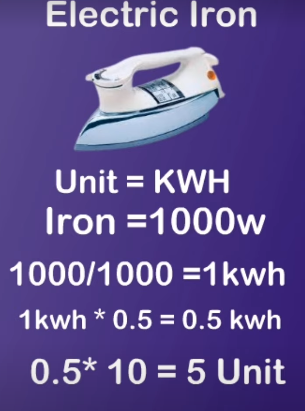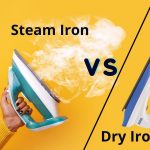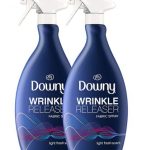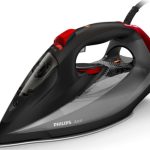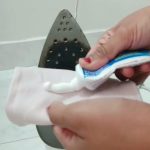Clothes iron is one the major appliances used in every household. Every human wears clothes and tries to seem beautiful and pleasant. But if clothes have wrinkles, even the most beautiful dress loses its value. So, this small appliance iron is available in every home. But we cannot ignore the electricity usage of iron, as it takes the major share in our electricity bill.
Does an Iron Use a Lot of Electricity: Power Consumption of an Iron
In This Article
It depends on how many watts an iron uses per hour. An iron uses 800 to 2000 watts of electricity, but mostly the standard iron uses 1100 watts when heated at high temperatures.
But now in the market, there are many different types of iron available, in which the most common use is steam iron. Steam iron has a special water reservoir that is heated and produces steam while ironing. So, the electricity consumption of an iron depends on clothes iron power consumption (measured in watts).
Moreover, dry iron uses less electricity than steam iron because steam iron needs more power to heat water and produce steam. Mostly, dry iron comes in 1000 watts of power.
Electricity Costs Per Hour of an Iron:
The following formula you can use to calculate the electricity consumption of iron.

Electricity consumption (KWH) = Power rating (W) / 1000 (to convert from watts to kilowatts) × Time (hours).
For example, if you have an iron with a power of 1200 watts (1.2 kilowatts) and you use it for 1 hour:
Electricity consumption (KWH) = 1200 W / 1000 × 1 hour = 1.2 KWH
So, the iron would consume 1.2 kilowatt-hours of electricity in 1 hour of use. If an iron is used daily one month for an hour.
The total consumption for a month is = 1.2*30 = 36 kwh/month.
Keep in mind that ironing energy consumption can vary keeping in account the thermostat tripping when the set temperature is attained and whether you use the iron at a low temperature or high.
Clothes Iron Energy Saving Tips:
Here are some energy-saving tips while ironing clothes:
1. Appropriate Temperature Setting:
Adjust the temperature setting of an iron for the fabric you are ironing. Lower temperatures consume less energy. So, clothes of silk, nylon, and lawn iron at low temperatures consume less power.
2. Iron in Masses:
Iron the clothes in masses at once rather than doing small loads. This decreases the number of times the iron needs to heat up.
3. Use a vertical steamer:
For hanging clothes, use a vertical steamer instead of an iron. It works faster and uses less energy.
4. Minimize water usage:
Only fill the water reservoir with the amount of water you need according to the quantity of clothes you want to iron.
As less water consumes less electricity and time to heat up. Hence it reduces energy consumption.
5. Keep the soleplate clean:
A clean soleplate ensures better heat transfer, requiring less time, energy, and effort to get your clothes wrinkle-free.
6. Turn the temperature knob off when not in use:
Even when not actively ironing, an iron can consume standby power. Keep the temperature knob off to completely cut off power when not in use.

